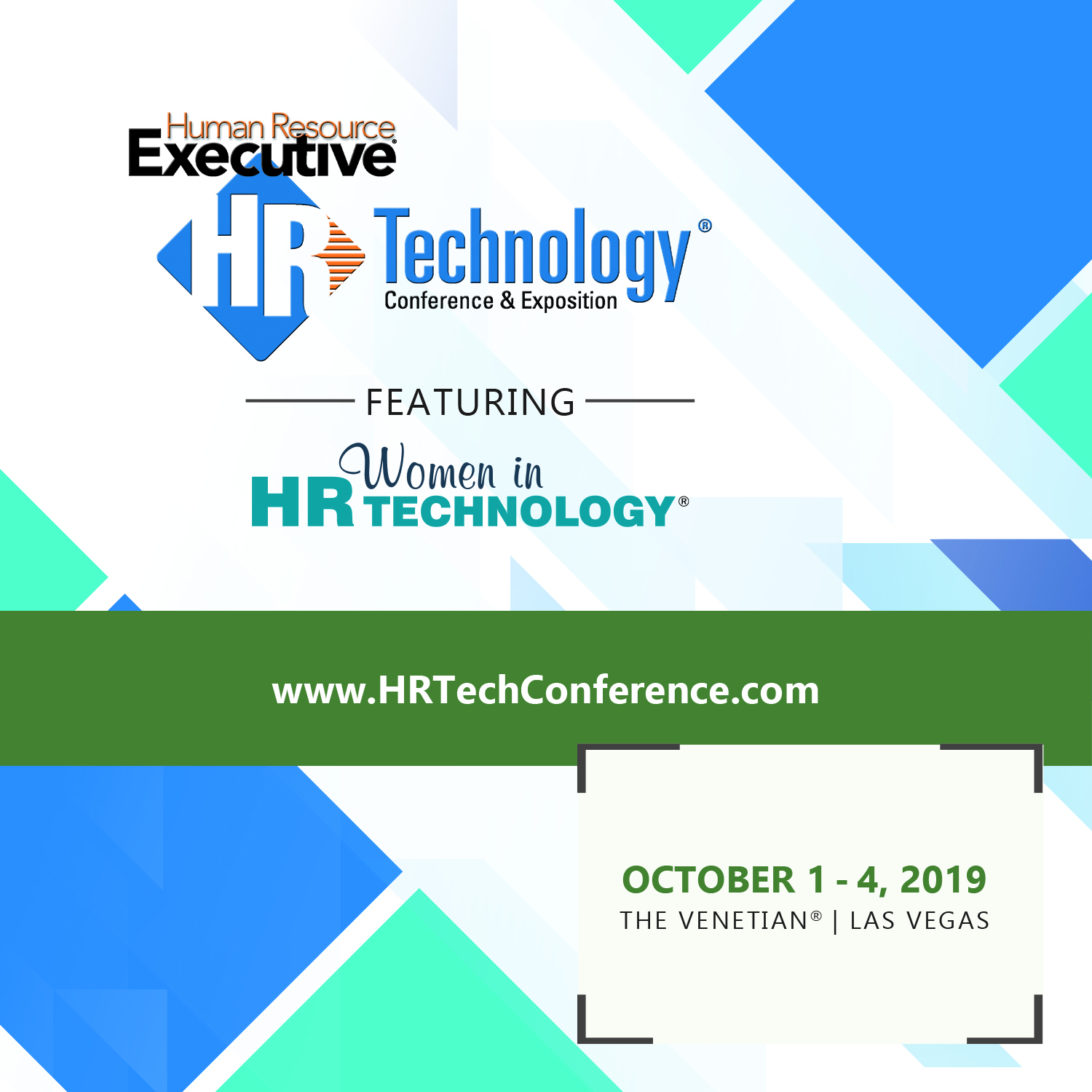A Pocketful of Zen Lessons
Many years ago a former colleague gave me the book you see in the picture on the right, it is called 'Zen Lessons: The Art of Leadership', a small (so small fits in your pocket), book of Zen stories and tales meant to be a guide to 'enlightened conduct for people in positions of authority, based on the teachings of several great Zen masters of China.' It is kind of an interesting little book, and while I don't claim to understand all that much about Zen, seeing as my entire education in Zen has been this pocket book and close and repeated examinations of the 'putting lesson' scene in Caddyshack, I have managed to keep this book with me through several moves, jobs, and life changes.
understand all that much about Zen, seeing as my entire education in Zen has been this pocket book and close and repeated examinations of the 'putting lesson' scene in Caddyshack, I have managed to keep this book with me through several moves, jobs, and life changes.
To get an idea of the kinds of Leadership Lessons encompassed in the tiny book, check out some of the wise sayings from the Zen lessons:
On not ignoring small problems in hopes they will just disappear or remedy themselves: 'Even dripping water, if it does not stop, can turn an orchard into a lake'.
On selecting a mentor : 'You should always follow a leader that is a little better than you, to be alerted to what you have not yet reached.'
And lastly, on seeking and accepting feedback from peer and from followers: 'Only the foolish dislike to hear how they are wrong and only expect unquestioning obedience from their communities.'
I could go on and on, but I think you get the idea. Actually I couldn't go on and on very long, it is only a pocket book of Zen Leadership Lessons after all, certainly not meant to serve as anything more than reminders or examples of more universal kinds of truths that I imagine would take years and years to master. Which takes us to another question entirely - how much of something do you need to know in order to know enough of what you need to know?
But regardless for some reason this little pocket book has stuck with me though the years, and while I can't necessarily point to any specific occasions where I have applied the lessons in business or leadership situations, I can be sure the lessons have served me well. Simply having the book around is kind of comforting in a way. I suppose it is the equivalent of a good luck charm or even my version of the 'red stapler' from Office Space. No matter what jobs, projects, challenges that have come the Zen Lessons have always been there, available to assist if needed.
What about you guys? Do you have your own version of the pocket book of Zen? What little guides or good luck charms do you make sure travel with you as you move through your careers?
I can't be the only weird one.
Right?

 Steve
Steve
